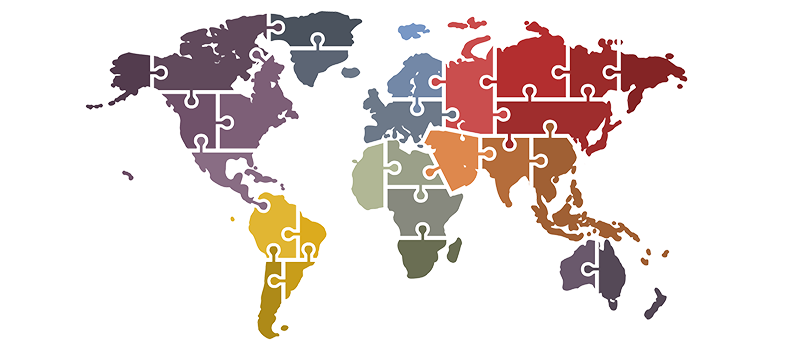1.1 WHO GLASS objectives
‘The goal of GLASS is to enable standardised, comparable and validated data on AMR to be collected, analysed and shared with countries, in order to inform decision-making, drive local, national and regional action, and provide the evidence base for action and advocacy.’
As noted, GLASS promotes and supports a standardised approach to data collection, analysis and sharing by nations. It also provides a portal for submission of AMR data and produces an annual report on the results. As part of the standardised approach, GLASS provides guidance on the key components (i.e. the structure, processes and functions) of a national AMR surveillance system, so that data reported to GLASS are readily comparable between countries. It addresses issues around the use of common standards for methods, data sharing and coordination at local and national levels.
The objectives of GLASS are as follows:
- Fostering the development and maintenance of national AMR surveillance systems.
- Developing and maintaining global standards in AMR data collection, analysis and reporting.
- Helping countries develop frameworks linking local and national surveillance systems.
- Annually reporting AMR data, derived from nation-specific data.
- Estimating the burden of AMR.
- Detecting and alerting nations of the emergence of new mechanisms of resistance and their spread.
- Supporting the development of a quality assurance framework.
- Informing and evaluating public health strategies embedded in country
national action plans (NAPs) . - Assessing the impact of public health interventions to tackle AMR regularly.
1 WHO GLASS



